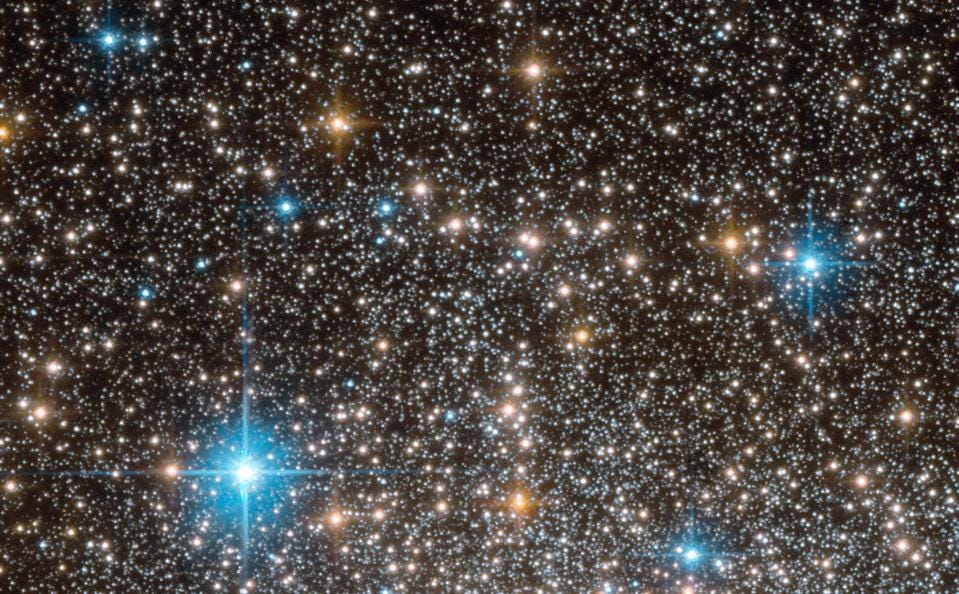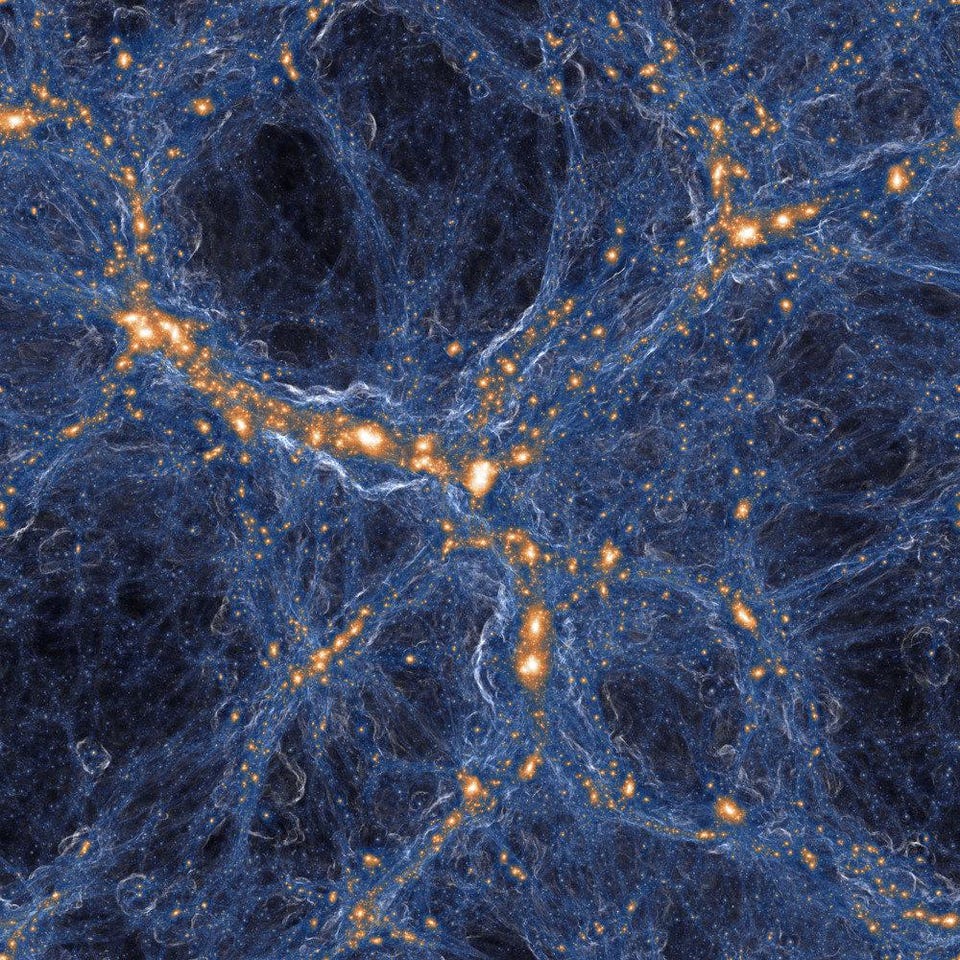What is the coldest place in the Universe?
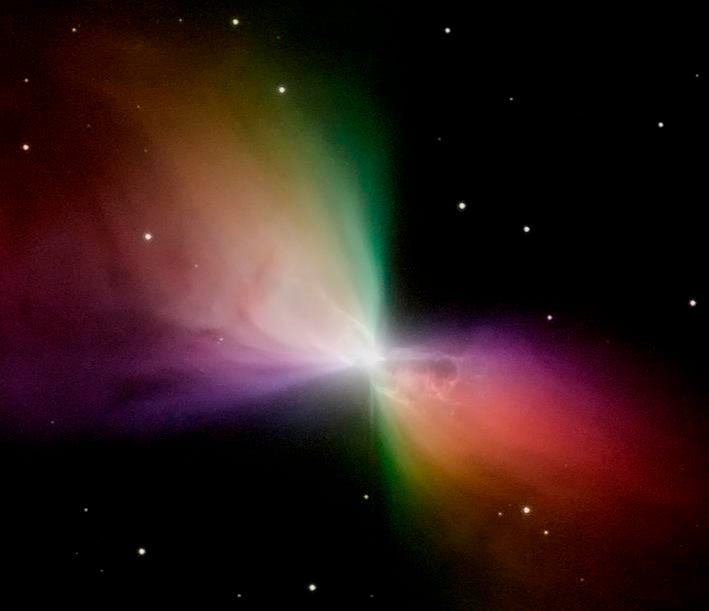
- The radiation left over from the hot Big Bang, the Cosmic Microwave Background, bathes all of space in light that heats everything it encounters up to ~2.725 K, including intergalactic space.
- But right here in our own galaxy, we have a naturally-occurring example of something that's even colder: the Boomerang Nebula, which has a temperature of just ~1 K.
- How can something that naturally occurs in the Universe be colder than the Universe itself? The rapid expansion of gas makes it possible.
Imagine the coldest place you possibly can. Inside it, the particles that make up matter move as slowly as you can possibly imagine, approaching the quantum limit of what it means to be truly at rest. There will be no major interior heat sources nearby for those particles inside to absorb; there will be no significant exterior sources of energy heating them up from the outside.
Physically, that means you need to be as far away as possible from all sources of moving particles and radiation. You’d want to be at as great a distance as you could from stars, galaxies, and contracting gas clouds. You’d want to screen out any external sources of photons. If you headed to the deepest recesses of intergalactic space, shielded from starlight, the only thing that would heat you up would be the Big Bang’s leftover glow: the cosmic microwave background at 2.725 K. And yet, our own galaxy has a place — the Boomerang Nebula — that’s even colder than that.

Anywhere you go in the Universe, there are heat sources to contend with. The farther away you are from all of them, the colder it gets. At a distance of 93 million miles from the Sun, Earth is kept at a modest ~300 K, a temperature that would be nearly 50º cooler if it weren’t for our atmosphere.
Move farther out, and the Sun becomes progressively less and less able to heat things up. Pluto, for instance, is just 44 K: cold enough that liquid nitrogen freezes.
And we can go to an even more isolated place, like interstellar space, where the nearest stars are light years away, and find places in the Universe, even in our own relatively nearby backyard, that are substantially colder.

There are cold molecular clouds that roam, isolated, throughout the galaxy. In terms of temperature, they’re even colder than the farthest worlds we can find in our Solar System: just 10 K to 20 K above absolute zero.
As stars, supernovae, cosmic rays, stellar winds, and more all provide energy to the galaxy as a whole, it’s hard to get much cooler than that within the Milky Way. Only in intergalactic space, millions of light-years from the nearest stars, will the cosmic microwave background be the only heat source that matters. After all, the Big Bang occurred everywhere in space all at once, and the radiation left over from it simply travels, omnidirectionally, at the speed of light. As the Universe expands, that radiation cools, but we can still see it today, as it arrives at our eyes after a journey of some 13.8 billion years through time and space.
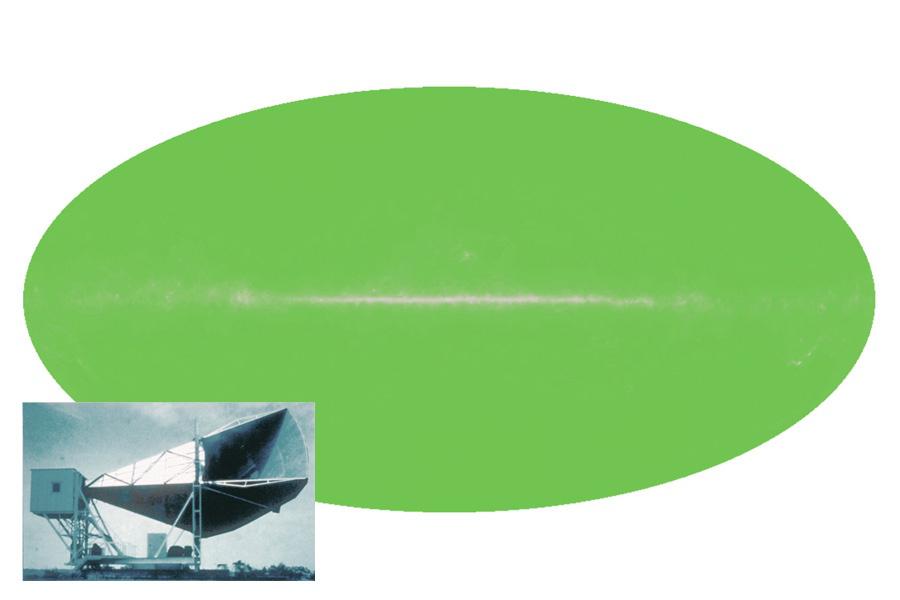
At less than 3 ºC (5 ºF) above absolute zero, these barely-detectable photons are the only heat source around. Since every location in the Universe is constantly bombarded by these infrared, microwave and radio photons, you might think that 2.725 K is the coldest you can ever get in nature. To experience something colder, you’d have to wait for the Universe to expand more, stretch the wavelengths of these photons, and cool down to an even lower temperature.
This will happen, of course, in time. By time the Universe is twice as old as it is today — in another 13.8 billion years — the temperature will be just barely a single degree above absolute zero. But there’s a place you can look, right now, that’s colder than even the deepest depths of intergalactic space.

You don’t even need to go anywhere special! This is the Boomerang Nebula, located just 5,000 light years away in our own galaxy. In 1980, when it was first observed from Australia, it looked like a two-lobed, asymmetrical nebula, and hence it was given the name “Boomerang” as a result. Better observations have shown us this nebula for what it really is: a preplanetary nebula, which is an intermediate stage in a dying, Sun-like star’s life.
All Sun-like stars will evolve into red giants and end their lives in a planetary nebula/white dwarf combination, where the outer layers are blown off and the central core contracts down to a hot, degenerate state. But in between the red giant and the planetary nebula phases, there’s the preplanetary nebula phase.

Before the internal temperature of the star heats up, but after the expulsion of the outer layers begins, we get a preplanetary nebula. Sometimes in a sphere, but more often in two, bipolar jets, the ejecta make their way out of the star’s local vicinity, extending beyond the stellar system itself, and well into the interstellar medium.
This phase is short-lived: it lasts only a few thousand years.
There are only a dozen or so stars that are found to be in this phase. But the Boomerang Nebula is special among them. Its gas gets expelled about ten times faster than normal: moving at about 164 km/s. It loses its mass at a higher rate than normal: about two Neptune’s worth of material every year. And as a result of all of this, it’s the coldest natural place in the known Universe, with some portions of the nebula coming in at just 0.5 K: half a degree above absolute zero, which can be measured with very long-wavelength light.
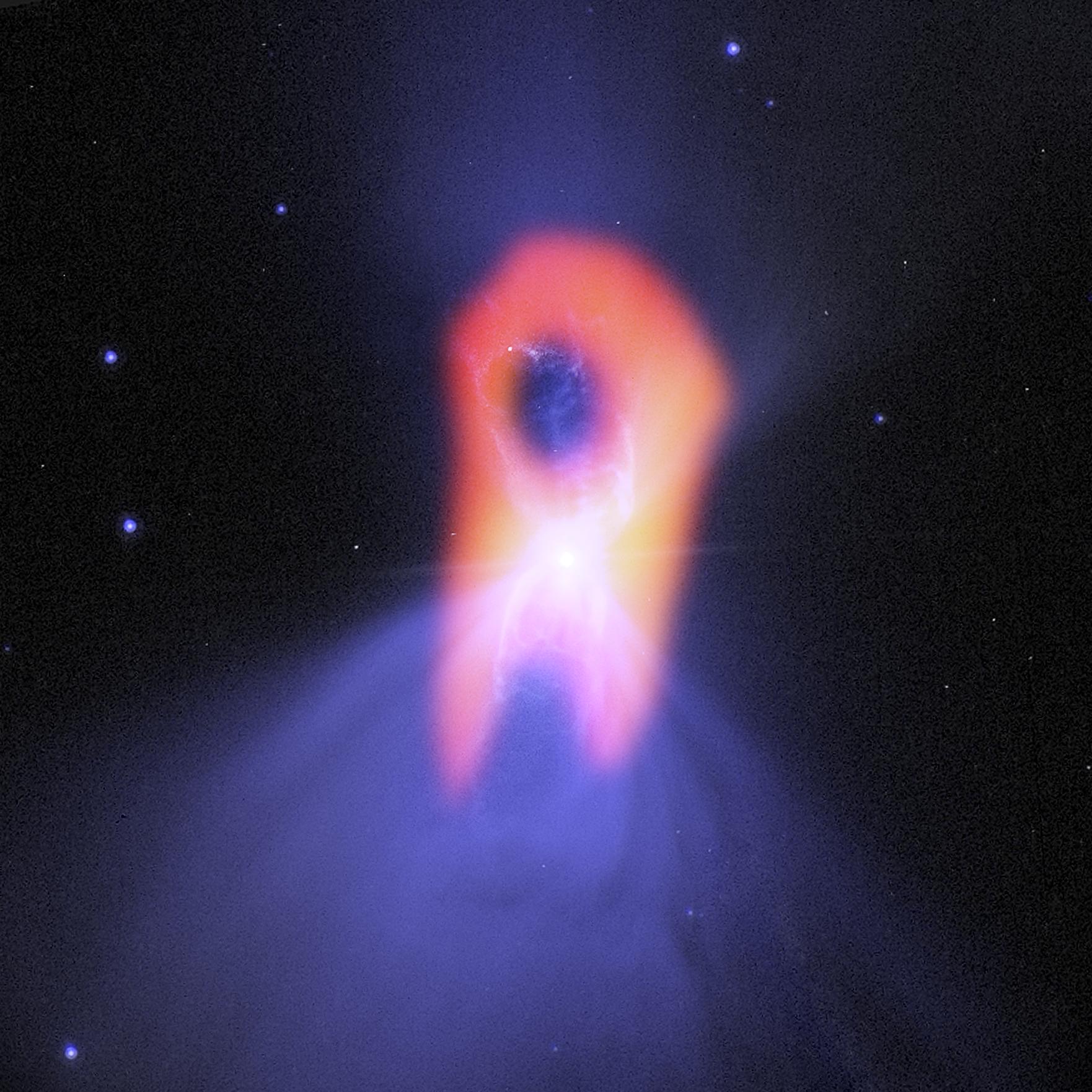
Every other planetary and preplanetary nebula is much, much hotter than this, but the physics underlying why is some of the simplest of all to understand. Inhale a deep breath, hold it for three seconds, and then let it out. You can do this two different ways, holding your hand about 6″ (15 cm) away from your mouth both times.
- Exhale with your mouth wide open, and you’ll feel the warm air gently blow onto your hand.
- Exhale with your lips puckered, making a tiny opening, and that same air feels cold.
In both cases, the air in your body has been warmed, and remains at that high temperature until just before it passes your lips. With your mouth wide open, it simply exits slowly, warming your hand slightly. But with only a tiny opening, the air expands rapidly — what we call adiabatically in physics — and cools as it does so.

The outer layers of the star that’s birthing the Boomerang Nebula possess all of these same conditions:
- a large amount of hot matter,
- being ejected incredibly rapidly,
- from a tiny point (or, more technically, two points),
- that has all the room it could ask for to expand and cool.
As a result, as the matter emitted from the Boomerang Nebula extends farther into the medium surrounding it, it expands and cools. It cools much more quickly than the surrounding radiation, including from other stars and the cosmic microwave background, can heat it up. It won’t stay at these cold temperatures forever, but for now, it’s significantly colder than the 2.725 K that sets the effective minimum temperature for everything else in the Universe.

The amazing thing about the Boomerang Nebula is that the very properties it possesses were predicted before it was discovered!
Astronomer Raghvendra Sahai calculated that preplanetary nebulae with just the right conditions — the ones outlined above — could actually achieve a cooler temperature than anything else that naturally occurred in the Universe. Sahai was then part of the team in 1995 that made the critical long-wavelength observations that determined the temperature of the Boomerang Nebula, and found precisely what was predicted: temperatures lower than any other naturally occurring phenomenon.
As of today, in 2022, the Boomerang Nebula still stands as the coldest natural place in the Universe.

There’s no doubt that as of right now, of all the locations we’ve ever measured, the Boomerang Nebula possesses the coldest naturally occurring temperatures in all the Universe. The cause is adiabatic expansion, caused by the rapid expulsion of matter into an environment where it can expand in a relatively uninhibited fashion.
As far as why the Boomerang Nebula is ejecting all this matter so quickly and in such a collimated fashion, however, that’s a controversial and highly active area of research. So far, the Boomerang Nebula is the only preplanetary nebula that we’ve caught in a phase where its temperature has dropped below that of the Big Bang’s afterglow. However, there’s no way it’s the only such example of this ever occurring.
There’s likely an even colder place out there than what we’ve discovered so far. We simply have to keep looking. And who knows? Perhaps, someday, the star at the center of our Solar System — the Sun — will break that record itself, and the remnants of our own Solar System will perhaps become, for a short while, the absolute coldest place in the Universe!

